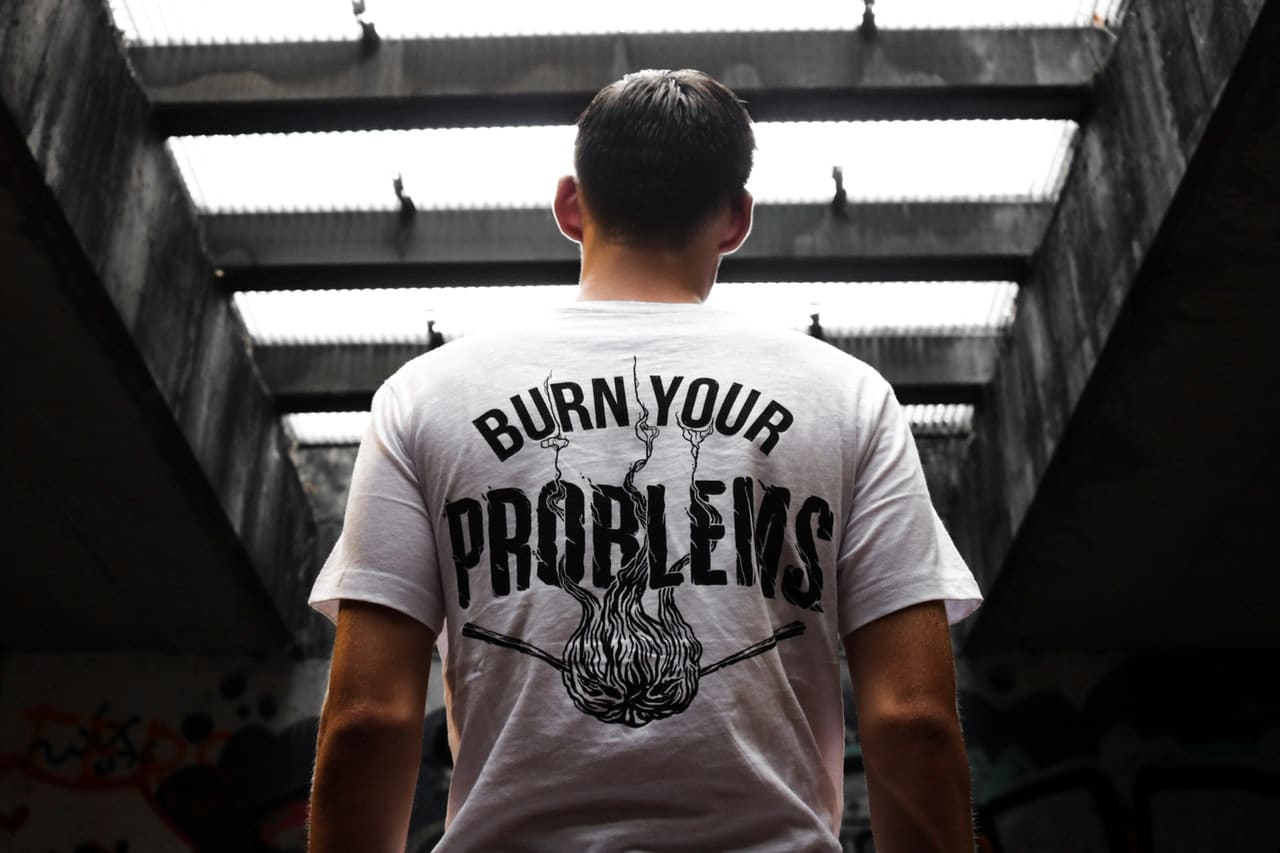Dye Sublimation is a method of t-shirt printing that can achieve stunning design results. One benefit of using this method is that it achieves a high resolution, full-color transfer that won’t crack, fade or peel over time. Other methods, like heat transfer vinyl designs, for example, are very prone peeling and fading.
To put the dye-sublimation process simply: print out an image onto paper, lay it down upon a t-shirt, then apply heat and pressure which causes the image to transfer onto the t-shirt.
That’s putting it very simply because there are a lot of very important points left out in that summary.
IMAGE: PEXELS
The essential things you need to know about Dye Sublimation:
- It requires a dedicated printer that you will use only for Dye Sublimation. This printer will use sublimation ink, and needs to be used a least once a week to keep the ink heads from drying out. The best sublimation printer is one that can hold plenty of ink (particularly if you’re in business), or that which can take on a Continuous Ink Supply System (CISS). You don’t want to be filling up ink cartridges all the time!
- Sublimation ink is used in the dye-sub method. This is very different from inkjet printer inks or laser printer toner. You’re unable to switch between inks once you’ve decided to use a printer for sublimation.
- The paper that you print the sublimation design on can’t be any old paper! It must be sublimation paper. This paper will hold the ink and then allow it to sublimate onto the t-shirt. What actually happens during the sublimation process is that the ink on the paper turns into a gas, and is then transfers onto the t-shirt – it’s a cool process!
- The t-shirt that you use for sublimation needs to be polyester or a poly-blend with at least 70% polyester. If you were to do a sublimation transfer onto cotton, this would wash out after one or two washes.
- You can sublimate other surfaces such as metal or wooden plaques, mugs and other drinkware, flags and other garments, but these need to be sublimation ready. It is also possible to get really fancy and sublimate heat transfer vinyl! If a surface is not sublimation ready you can use a sublimation spray. These sprays coat whatever surface you want to transfer onto, preparing the item for sublimation. However, this does not always work as well as using a polyester tee, or other products that come sublimation ready.
- To complete the transfer of the sublimation design, it is best to use a heat press machine. Sublimation occurs at 400 °F, so using an ordinary household iron isn’t a valid way to do it. You either need a heat press machine, or the EasyPress 2, which can also reach those temperatures for sublimation (however, this may be lacking in the pressure department).
- The time, temperature and pressure that you need to use will vary depending upon the brand of sublimation paper and ink you are using, along with the type of surface you are pressing onto. Follow the manufacturer’s instructions and you can’t go wrong!
Sublimation can seem scary when you first investigate it, but the process is fairly straightforward (once you have done it 2 or 3 times). The important thing to remember is to print an image at least every week to ensure the ink doesn’t dry out.
If you’re not going to be using the printer frequently, you might like to try other design methods such as inkjet transfers or heat transfer vinyl.
If you are interested in even more design-related articles and information from us here at Bit Rebels then we have a lot to choose from.


COMMENTS